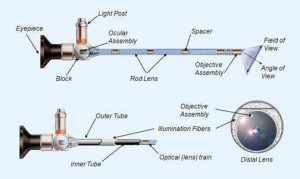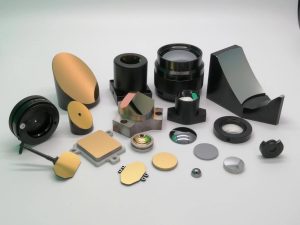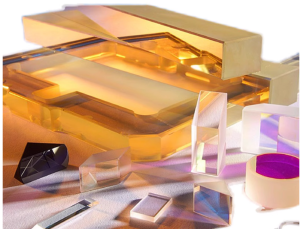Since the introduction of Charge Coupled Device (CCD) cameras in Minimally Invasive Therapy (MIT) in the 1990s, optics has undergone qualitative changes in surgical applications. The imaging effects of light in minimally invasive and open surgery mainly manifest in the forms of endoscopy, micro imaging systems, and surgical holographic imaging.
Flexible Endoscope, including gastroscopy, duodenoscopy, colonoscopy, vascular endoscopy, etc. The endoscope optical path includes two coordinated systems: lighting and imaging.
Rigid Endoscope, including arthroscope, laparoscope, thoracoscope, ventriculoscope, hysteroscope, cystoscope, otorhinoscope, etc.
Rigid endoscopes generally only have several fixed optical path angles to choose from, such as 30 degrees, 45 degrees, 60 degrees, etc.
Micro internal camera, an imaging device based on micro CMOS and CCD technology platforms. For example, a capsule endoscope, PillCam. It can enter the human digestive system to check for lesions and monitor the effectiveness of drugs. Surgical holographic microscope, an imaging device used in precision surgery to observe 3D images of fine tissues, such as in neurosurgery for craniotomy.
Summary: 1. Due to the thermal, mechanical, photosensitive, and other biological effects of lasers, they are widely used as energy sources in minimally invasive surgery, non-invasive, and drug targeting. Due to the development of imaging technology, medical optical imaging equipment has made significant progress in high-resolution and miniaturization, laying the foundation for minimally invasive surgery and surgery in vivo. The commonly used medical imaging devices currently include endoscopes, holographic imaging, and micro imaging systems.




